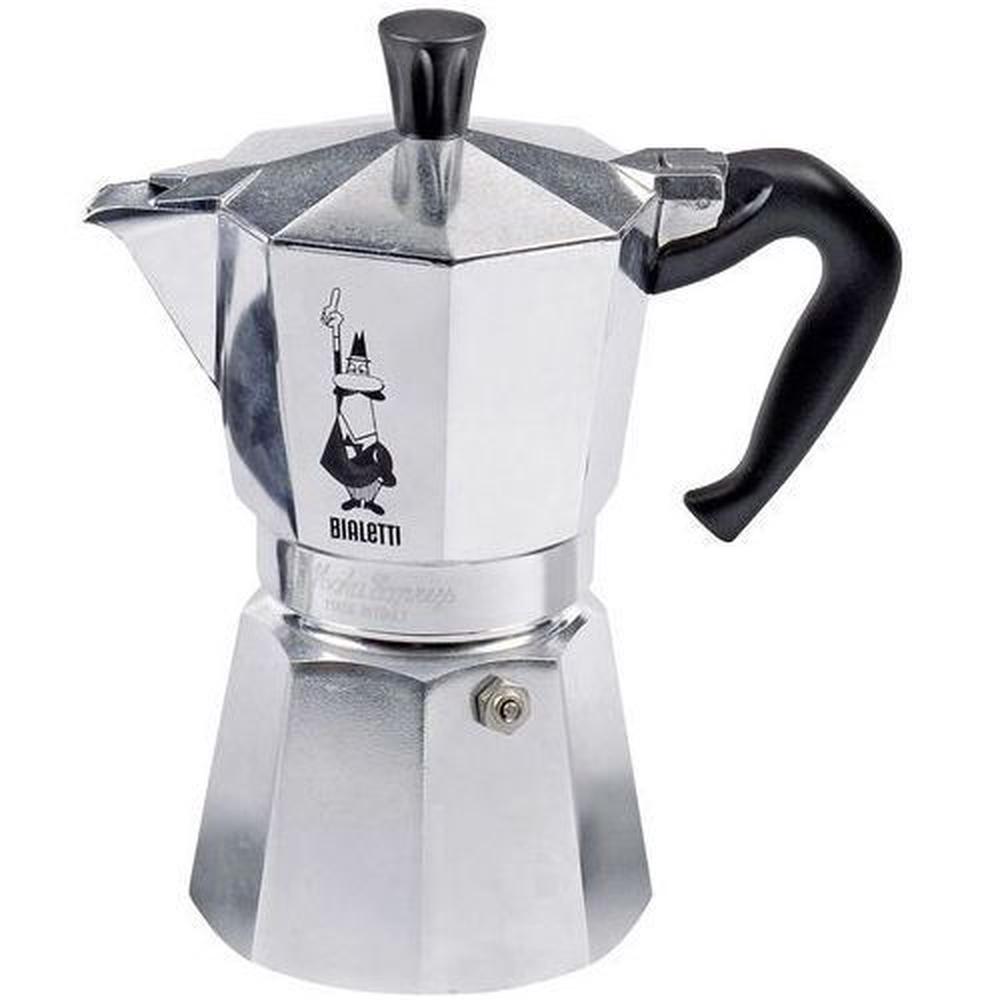

Moka coffee is a very strong, full bodied kind of drink. It's made out of metal, and it makes a sort of mock-espresso type coffee. A Moka pot is a fairly large vessel, looking much like a pitcher. Moka coffee is the drink made in a Moka pot.

What size coffee grind to use for a Moka pot.Moka pots are easy to find, and fairly priced The Moka pot can be taken on a camping trip A Moka pot will produce a strong, espresso-like coffee
#Cafe moka espresso how to#
Learning how to use a Moka pot is easy enough Medium-dark and dark roasts brew well in a Moka pot Yabano Stovetop Espresso Maker After multiple tests, this moka pot, too, failed to seal properly and could not produce enough pressure to brew coffee.Zulay Kitchen Stovetop Espresso Maker: After multiple tests, this moka pot failed to seal properly and could not produce enough pressure to brew coffee.Its handle was made out of stainless steel and got hot during brewing. Cuisinox Roma Stovetop Espresso Maker: Yet again, the filter basket for this moka pot was too small for a proper ratio, resulting in weak and bitter coffee.

London Sip Stovetop Espresso Maker: This moka pot had the second smallest basket and brewed very weak and bitter coffee.Primula Classic Stovetop Espresso Maker: Even though this filter basket could accommodate a proper amount of coffee, the Primula’s walls were thin and it was hard get consistent results-some brews heated up quicker than others and would sputter prematurely.Coffee Gator Stovetop Espresso Maker: We were impressed with the build quality of this moka pot (and it has an induction compatible plate on its base), but this brewer, too, did not have a big enough filter basket and brewed bitter coffee.It also had too small of a filter basket. IMUSA Moka Pot: This was the thinnest moka pot we tested, and it had trouble brewing at consistent speeds.Grosche Milano Stovetop Espresso: The brewer on this basket was too small for an ideal brew ratio, and it brewed bitter and weak coffee.It also had too narrow of a base and heated unevenly. Stelton Collar Espresso Maker: This brewer had the smallest coffee basket (18 grams) and brewed weak and bitter coffee.This way, we felt confident that our winning moka pot could accommodate any style of coffee preference. We also added a paper Aeropress filter and weighed out the coffee and water in grams before brewing. After that, we brewed a light-roast coffee, using a high-end grinder to grind the beans slightly coarser than espresso. First, we brewed a dark roast coffee ground to the finest setting on a standard coffee grinder with coffee and water measured by volume. To accommodate the variety of ways a moka pot can be used, we developed two recipes. We landed on a 1:10 ratio of coffee to water for the best-tasting brews, but it was harder to settle on one ideal grind size. This means that you never quite fully get all of the water from the bottom chamber up through the coffee, and brew ratios are designed to compensate for this. Towards the end of the cycle, the water level gets low enough that steam itself pushes through the coffee filter. In our tests, we found this last part was key: as the water boils in the bottom chamber, it creates pressurized steam that drives the hot water up through the coffee filter. The main takeaways are to start with water just off the boil, grind coffee slightly coarser than espresso, use a paper Aeropress filter for cleaner-tasting brews, and remove from the burner when the moka pot starts to sputter to avoid excess bitterness. When designing our tests, we leaned on former World Barista Champion James Hoffmann’s moka pot technique for pointers. Starting with boiling water ensures proper brew temps. Finally, we washed each moka pot by rinsing it thoroughly with water, and then a second time with coffee detergent to see how easy each one was to clean. We also evaluated how comfortable the handles were, how well the spouts poured, and how tight each seal was. Cleanup and Usability Tests: We repeatedly disassembled each moka pot to see how well the parts fit together after multiple uses.We evaluated each model on ease of use and coffee quality. We ground the coffee slightly coarser than a traditional espresso grind and used a paper filter to remove more sediment from the final cup. Light Roast Brew Test: We brewed a moka pot with light-roasted coffee and weighed out a 1:10 ratio of coffee to water (or as close as we could get) for each brewer.We evaluated each model on ease of use and brewed coffee quality. We ground the coffee on the finest setting of a filter coffee grinder. Dark Roast Brew Test: We brewed a moka pot with dark roast coffee by measuring coffee and water volumetrically to see how much fit in each chamber.


 0 kommentar(er)
0 kommentar(er)
